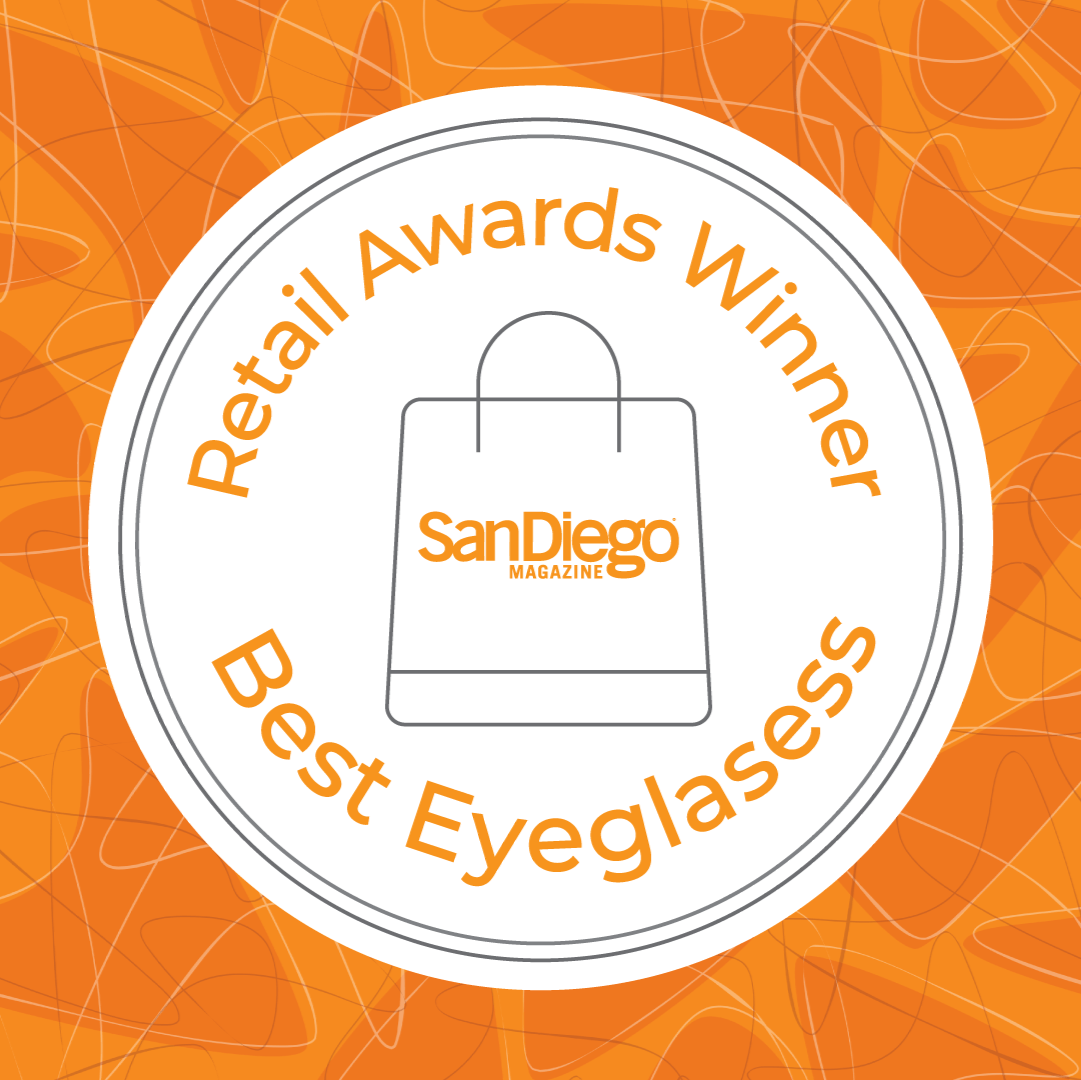The Future of Lenses: A Clearer View on Sustainability

Read time: 5 minutes
The lens manufacturing industry is evolving as sustainability becomes a priority. With growing awareness about environmental impact, companies are investing in greener materials and cleaner production processes. Thanks to advancements in technology and consumer demand for eco-conscious products, it’s now possible to manufacture high-quality lenses while minimizing harm to the planet.
From Glass to Plastic: A Quick History of Lenses
The evolution of lens materials mirrors the progress of optical science and industrial innovation. In the early days of eyewear, lenses were meticulously crafted from natural materials like quartz crystal and crown glass. These substances were valued for their optical purity, clarity, and scratch resistance—making them ideal for precision vision correction. However, glass lenses were heavy, fragile, and prone to shattering, making them less than ideal for everyday use, especially in active lifestyles or for children.
As the 20th century progressed, the demand for lighter and more impact-resistant eyewear led to the development and eventual dominance of plastic lens materials. One of the most revolutionary was CR-39, a polymer first created during World War II for use in military applications. By the 1950s, this lightweight, affordable, and easily moldable material became the go-to standard in optical lens manufacturing.
Later, polycarbonate entered the scene, offering even greater impact resistance—ideal for sports eyewear and safety glasses. However, both CR-39 and polycarbonate are petroleum-based materials, meaning their production relies on finite fossil fuel resources. Additionally, they are not biodegradable, and traditional recycling options for these materials are limited, raising concerns about long-term environmental impact.
The transition from glass to plastic revolutionized the optical industry by making eyewear lighter, safer, and more affordable. But it also introduced new environmental challenges that today’s lens manufacturers are striving to address with greener, more circular alternatives.
Cleaner Bio-Based Alternatives
To address these concerns, some manufacturers are introducing bio-based polymers - materials made from renewable plant sources such as castor beans, sugars, or palm oil derivatives. These materials may reduce carbon emissions during production and lessen reliance on petroleum-based inputs. While bio-based doesn't necessarily mean biodegradable, they represent a meaningful step toward more sustainable production.
In parallel, many frame companies are adopting biodegradable acetates, produced from natural cotton fibers and wood pulp. These materials are capable of breaking down under industrial composting conditions, offering a more eco-responsible end-of-life option.
ZEISS: Pioneering Sustainable Lens Innovation
A leader in optical innovation, ZEISS has taken actionable steps toward greener lens production. Their sustainable polyamide sun lenses contain up to 39% bio-based raw materials, sourced from agricultural by-products. Additionally, ZEISS uses renewable energy in their manufacturing facilities, achieving up to 50% lower carbon emissions compared to traditional fossil-based lenses.
Their mass balance approach allows the integration of renewable materials into established production lines while maintaining ZEISS’s renowned optical quality and safety standards.
At Urban Optiks Optometry, we proudly offer ZEISS lenses because they align with our commitment to precision, performance, and sustainability. ZEISS consistently leads the industry in optical innovation, combining advanced lens technology with responsible manufacturing practices. By choosing ZEISS, we ensure our patients receive lenses that not only deliver exceptional clarity and comfort but are also developed with environmental responsibility in mind. It’s just one of the many ways we provide eyewear solutions that support both your vision and the planet.
Learn more about ZEISS Sustainability Initiatives
Waste Reduction Through Smarter Recycling
Lens production can generate significant material waste—especially with materials like polycarbonate and CR-39. But some of this can be reused. For example, excess polycarbonate can be remelted and molded into new products, and unused CR-39 pellets may be diverted to other industries. These steps support a circular economy, where materials are reused instead of discarded.
Greener Manufacturing Technologies
Modern production facilities are also optimizing how lenses are made. Technologies like Alloy Replacement Technology (ART) eliminate the need for hazardous metals such as lead and cadmium, while simultaneously reducing energy consumption by up to 50%. Water recycling systems have also been introduced, allowing some manufacturers to reuse up to 80% of water during production.
Turning Plastic Waste Into Optical-Grade Material
Some manufacturers are now utilizing molecular recycling, a breakthrough that depolymerizes plastic waste into its basic monomers, which can then be reassembled into new, high-performance materials. This method preserves the quality necessary for optical clarity and impact resistance—traits essential for eyewear—while giving discarded plastic a second life.
The Road Ahead: Innovation & Responsibility
Despite progress, challenges remain. Many bio-based and recycled materials are not yet fully biodegradable, and maintaining optical precision is non-negotiable. However, the integration of AI and smart automation is helping optimize production to further reduce waste and increase energy efficiency.
Looking ahead, researchers are exploring ways to create fully recyclable or compostable lenses without compromising performance. As the technology matures, the goal is to offer eyewear that’s environmentally responsible from cradle to grave.
The Takeaway
Sustainable lens production is no longer a niche concept—it’s shaping the future of the eyewear industry. With plant-derived materials, closed-loop recycling systems, and energy-efficient processes, manufacturers are finding new ways to deliver quality lenses with a lighter environmental footprint.
At Urban Optiks Optometry, sustainability isn’t just a trend—it’s a commitment. We carefully curate eco-conscious lens and frame options that reflect our values and yours. From ZEISS bio-based lenses to frames crafted from biodegradable and recycled materials, we help you make eyewear choices that align with your lifestyle and the planet.
Book your appointment today to learn more about sustainable vision solutions that look good, feel good, and do good.
Share this blog post on social or with a friend:
The information provided in this article is intended for general knowledge and educational purposes only and should not be construed as medical advice. It is strongly recommended to consult with an eye care professional for personalized recommendations and guidance regarding your individual needs and eye health concerns.
All of Urban Optiks Optometry's blog posts and articles contain information carefully curated from openly sourced materials available in the public domain. We strive to ensure the accuracy and relevance of the information provided. For a comprehensive understanding of our practices and to read our full disclosure statement, please click here.


















